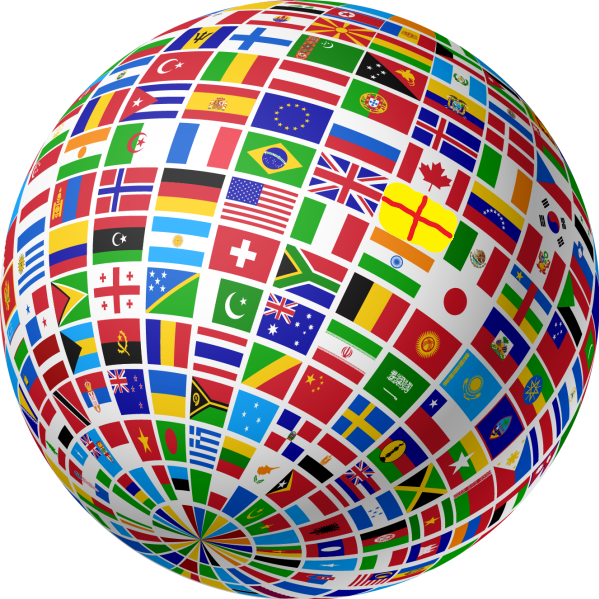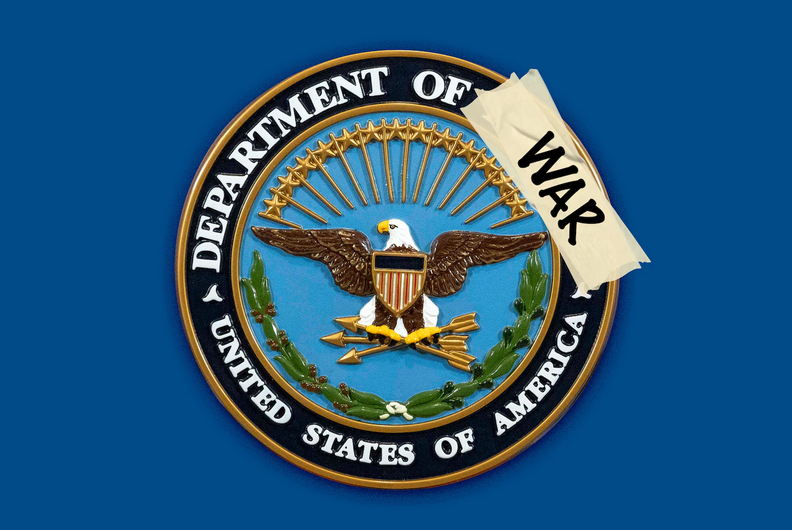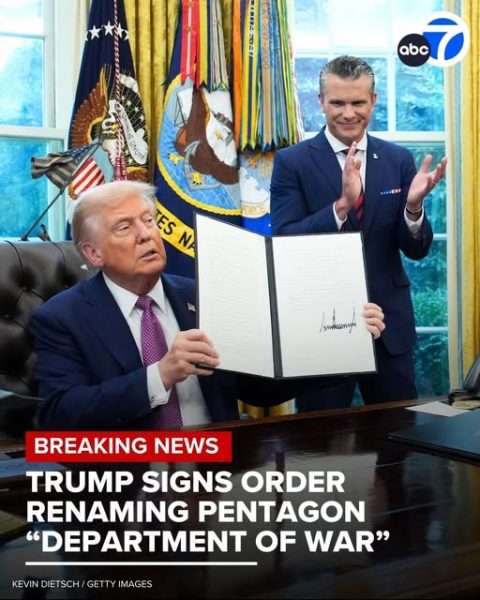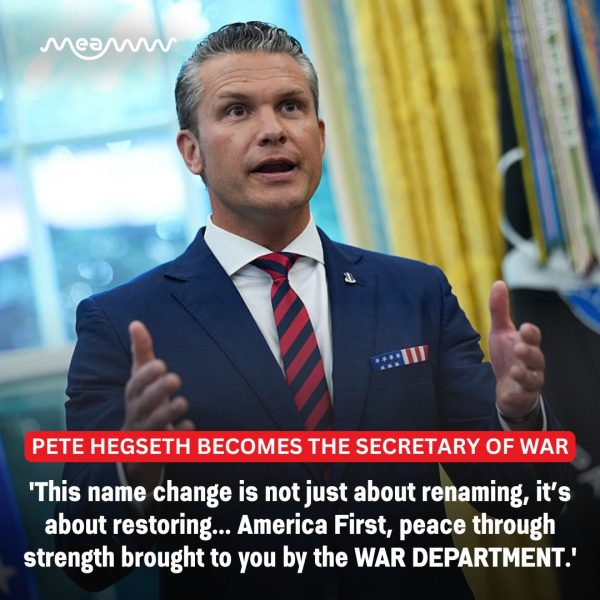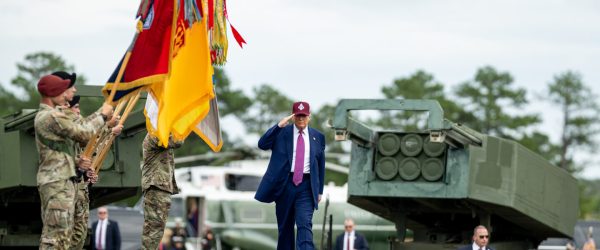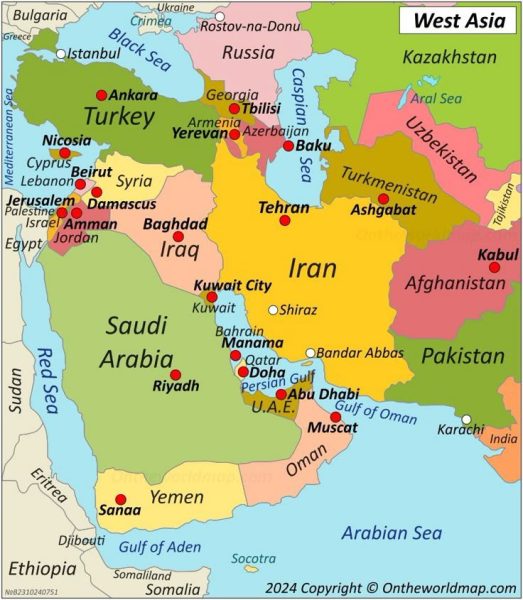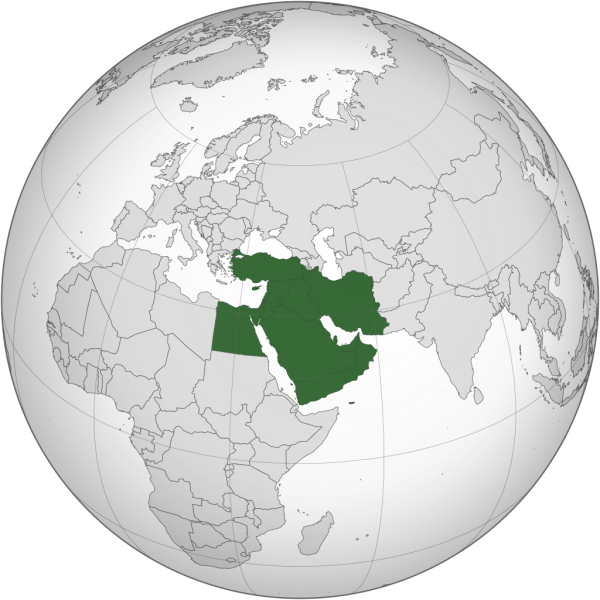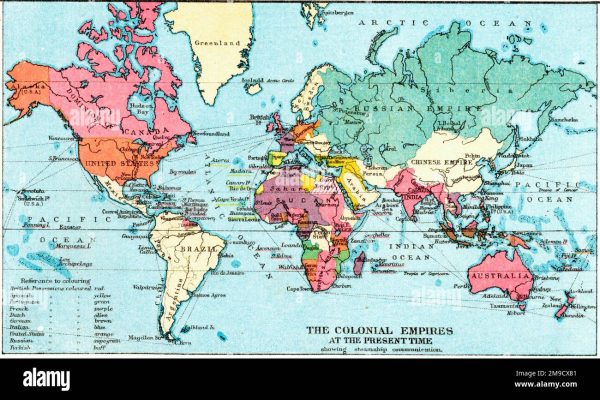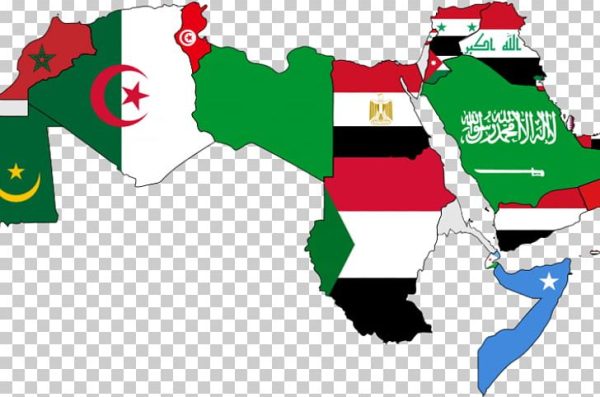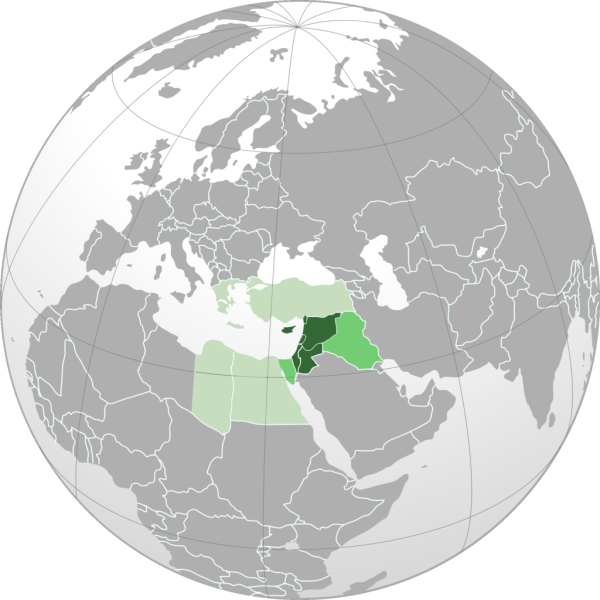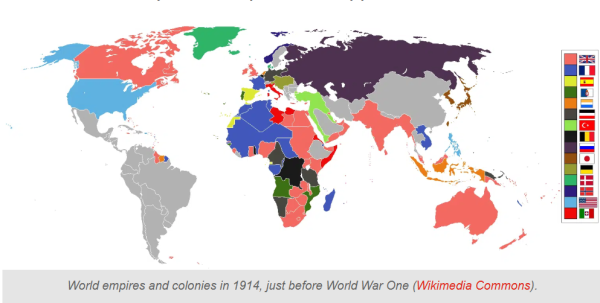
Netanyahu boasts of an alliance “as strong as ancient stones,” but the foundation is crumbling beneath his feet. The Gaza genocide has not only isolated Israel—it has begun to unravel the decades-old special relationship with America, revealing it as a partnership built on interests, not values.
The Illusion of Strength
Benjamin Netanyahu stood before the ancient stones of Jerusalem’s Wailing Wall and told Marco Rubio that the US-Israel alliance was “as strong and stable as these stones.” It was a powerful photo op—but a profound lie.

The reality is that the war in Gaza has made Israel more isolated and dependent on the US than ever before, while simultaneously corroding American public support for Israel to historic lows. This isn’t just a diplomatic rift—it is the collapse of a central pillar of post-Cold War US foreign policy.
1. The Data Doesn’t Lie: America is Turning Away
For decades, support for Israel was a rare point of bipartisan unity in the US. No longer.
-
Record-Low Backing: Only a shrinking minority of Americans now side with Israel over Palestinians—the lowest level in 25 years.
-
Genocide Consensus: 43% of Americans believe Israel is committing genocide in Gaza. https://www.tiktok.com/@learnyourliberties/video/7536271141116169486?is_from_webapp=1&sender_device=pc
-
Youth Revolt: Among Democrats under 50 and even Republicans under 50, support for Palestine is now equal to or surpassing support for Israel.
This isn’t a temporary shift. It is a generational realignment, driven by values among progressives and interests among conservatives tired of funding foreign wars.
2. How Did We Get Here? The Unraveling of a “Special Relationship”
The US-Israel alliance was once described as a blend of shared values and shared interests. Today, neither holds up.
Values?:
Israel now functions as an apartheid state—a reality documented by major human rights organizations. https://www.un.org/unispal/document/special-rapporteur-on-the-situation-of-human-rights-in-opt-israel-has-imposed-upon-palestine-an-apartheid-reality-in-a-post-apartheid-world-press-release/
Its government includes ministers who openly advocate for ethnic cleansing. https://www.globaltimes.cn/page/202509/1344129.shtml
Meanwhile, young Americans increasingly connect Palestinian liberation with their own struggles for justice. https://www.pewresearch.org/short-reads/2024/04/02/younger-americans-stand-out-in-their-views-of-the-israel-hamas-war/
Interests?:
The Cold War is over. Iran remains a shared foe, but even that is fading as Gulf states normalize relations independently. https://pomeps.org/u-s-strategy-in-the-middle-east-as-a-21st-century-cold-war-gains-steam
Republican voters—especially those aligned with Trump—increasingly ask: “Why are we sending $3.8 billion a year to Israel when we have problems at home?” https://www.brookings.edu/articles/support-for-israel-continues-to-deteriorate-especially-among-democrats-and-young-people/
3. Netanyahu’s Fatal Gambit: Betting on Trump, Losing America https://podcasts.apple.com/us/podcast/netanyahu-gambled-on-a-trump-presidency-will-it-pay-off/id1440719849?i=1000675944967
Netanyahu made a strategic miscalculation. He believed that aligning with the Republican Party—especially Trump—would guarantee unwavering US support.
Instead, he politicized the relationship. Democrats now perceive Israel as a hostile actor interfering in US politics, while Republicans see it as a financial burden. By choosing short-term political gains, Netanyahu sacrificed long-term bipartisan backing. https://www.instagram.com/reel/DNOwHSBt7LY/?utm_source=ig_web_copy_link
4. The “Super-Sparta” Delusion: Israel’s Dangerous Path
Netanyahu now speaks of transforming Israel into a “Super-Sparta”—a militaristic, self-reliant fortress willing to “stand alone.”
This is a dangerous fantasy.
-
Israel depends on US weapons, intelligence, and UN vetoes.
How the US has Used its Power in the UN to Support Israel for Decades
-
Its economy is deeply integrated with Western tech and investment.
US Tech and Finance Have Become Israel’s Greatest Allies
-
Without US diplomatic cover, Israel would face ICC warrants, arms embargoes, and global isolation.
State Department sanctions NGOs tied to International Criminal Court’s Israel probe
“Standing alone” means becoming a pariah—like apartheid South Africa, but in a far more dangerous neighborhood.
5. What Comes Next? The Unthinkable is Now Thinkable
The next US president—whether Trump or a Democrat—will not abruptly end the alliance. But the ground is shifting in ways that will inevitably alter it.
-
-
The $3.8 Billion Question: The current military aid deal expires in 2028. Renegotiating it will be fiercely contested—especially if the war in Gaza continues.
Why Israel fears a US military aid freeze more than anything
-
Recognition of Palestine: Key US allies like the UK, France, and Australia are moving toward recognizing Palestinian statehood—leaving the US and Israel increasingly isolated.
-
-
The Biden Factor: Biden may be the last US president with a deep, instinctive connection to Israel. Future leaders will be more transactional, less sentimental.
'I am a Zionist': How Joe Biden's lifelong bond with Israel shapes war policy
Conclusion: The Stones are Cracking
Netanyahu was wrong. The US-Israel relationship is not like the ancient stones of the Wailing Wall—enduring and unshakeable.
It is a partnership built on a crumbling foundation of interests and an evaporated myth of shared values. Gaza has exposed the truth: this is an alliance sustained by inertia, not necessity.
When that inertia ends—and American voters demand change—Israel will learn the hard way that no amount of lobbying can replace genuine friendship. And the US will face a choice: continue supporting a liability, or redefine its role in a changing world.
The stones Netanyahu touched have survived millennia. His alliance may not survive the decade.
Ally or Liability? Israel's Actions Impact on U.S. Global Credibility
